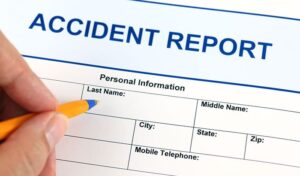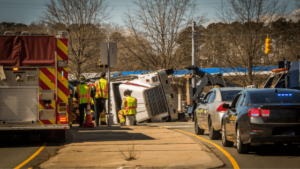
Identifying and Avoiding Road Rage and Aggressive Driving
As Utah’s population grows, we must commit to avoiding road rage and aggressive driving from others and keeping our cool if we experience it. More drivers on the road mean

As Utah’s population grows, we must commit to avoiding road rage and aggressive driving from others and keeping our cool if we experience it. More drivers on the road mean

The average person will experience about four accidents throughout their lifetime, so it’s a good idea to understand how an accident report works. Accidents, no matter how serious, are hectic

A truck accident can occur anywhere and at any time of day, but statistics show that the afternoon poses the biggest threat to vehicle operators. Continue reading to learn more

First of all, the answer to the question is unequivocal YES! People who drive trucks feel invincible because they’re inside a vehicle that’s bigger than most of the other cars
Rear-end collisions between trucks and motor vehicles can have devastating effects. Of the 400,000 truck accidents per year, 18 percent are rear-end crashes. Most of these accidents are attributed to
The number of drivers on our roadways is constantly increasing. Motorists in small passenger vehicles must share the roads with large commercial trucks. This poses some unique safety risks that
UTAH INJURY LAWYERS
Flickinger • Boulton
• Robson • Weeks
PROVO OFFICE
3000 N University Ave
Suite 300
Provo, UT 84604
SOUTH JORDAN OFFICE
10393 S. Temple Dr.
Suite 103
South Jordan, Utah 84095
OFFICE HOURS
Monday- Friday: 8AM-5PM
Saturday-Sunday: Closed
*Disclaimer: the information provided by this website is for informational purposes only and should not be considered legal advice or a substitute for competent legal counsel.
**SMS consent and contact phone numbers will not be shared or sold to third parties or their affiliates for any purpose.
© 2025 All Rights Reserved.